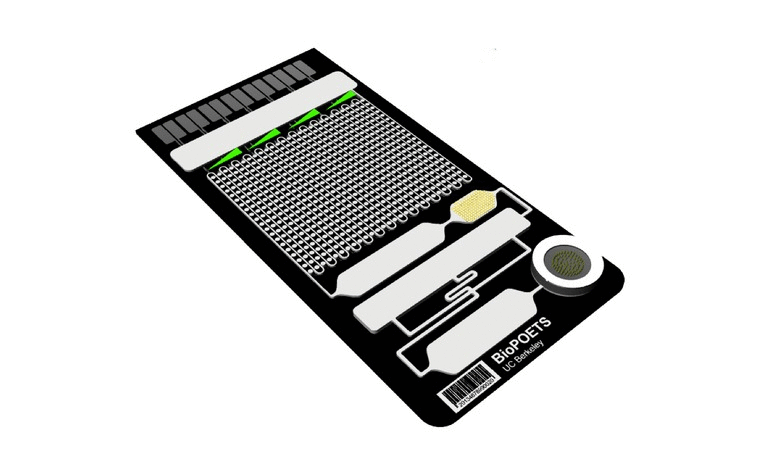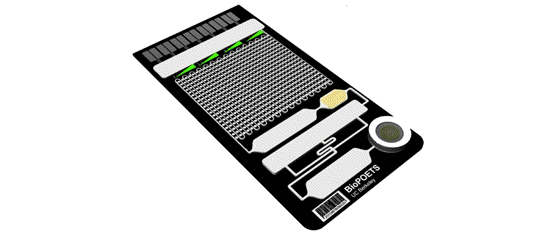Seung-min Park, Andrew Sabour, Jun Ho Son, Sang Hun Lee, Luke Lee
Stanford University & University of California, Berkeley, Volume 61, Issue 5, Page: 1506-1521

A new golden age in medicine will begin through the mass development of fully integrated, rapid, and remarkably accurate diagnostic devices. Coined iMDx, portable microfluidic chips literally encompassing entire lab equipment and experimental procedures on a self-automated micro-scale platform have begun to emerge as a hot topic in the field of medical research. Creating a functional diagnostic device however requires compatibility between various components to achieve a smooth transition from sample to signal. Areas such as sample preparation, signal amplification, and signal transduction have each received their own set of innovative discoveries and recent advancements. Through a pre-planned combination of all these elements, the potential for a fully functional iMDx has never been brighter. This review walks through each element critical in an integrated diagnostic platform, outlining their developmental history, various publications and their respective pros/cons, adaptations to fit the diagnostic function desired, and possible ways of integration in the future. Providing detailed figures and succinct summarizations of discoveries covering a large variety of unique designs, a wholesome understanding to the current standing of not only microfluidic, but diagnostic platforms as a whole is achieved. A final discussion on integrated devices currently used in clinical fields presents both a foundation to experiment from and the possibility for greater growth in integrated diagnostics. This review sums up by discussing devices deviating from the soft lithographic model, instilling the idea that what ultimately becomes the standard diagnostic platform design may not adhere to the strict boundaries placed on microfluidic fabrication in laboratories today.

